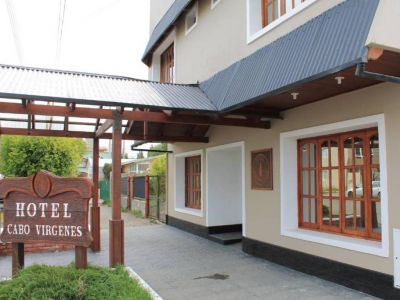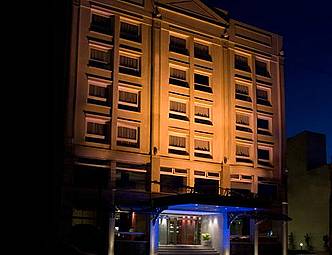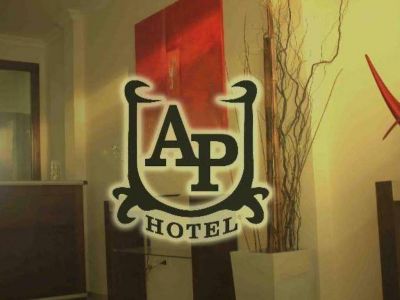Roberto Galian Railway Museum
Created in order to value and preserve the railway-industrial branch line that operated in the days of strong mining work, today it is part of the legend of the city.
Roberto Galián Railway Museum works at the ancient railway-port venue owned by Yacimientos Carboníferos Fiscales and the tour around its rooms is led by former employees of this company. We entered the museum and found panels with photographs of workers and elements used by the company. We observed tools, keys and plans that were used on a daily basis and are evidence of the customs and traditions of railway workers and miners. In a way, it let us understand and even go on an imaginary journey along that branch line used so many times by steam locomotives. The features of each of the elements shown are clearly indicated and the changes that followed one another until the company passed onto private hands are made out.
We noticed the guide felt great pride for the highly appreciated material gathered by those who one way or another were part of a past of grandeur for the region. He told us that five railway retired workers resolved to put this museum together so that everything they had gathered and experienced would not be lost or thrown into oblivion. Thus, in December, 2004, they opened the gates of this space where the historical heritage of the railway that joined Río Gallegos and Río Turbio is preserved. Then we went out into the classification yard, where we learned about the history of steam locomotives, which were used in the past and no longer exist anywhere else. Some of them were specially assembled for this branch line, with features of their own. We approached José Meliton steam locomotive, which works still today as a result of exhausting restoration works that made it possible to set it into motion in 2000. Our guide gave us a detailed account of how this work was done with the effort of the former employees of Yacimiento Carboníferos Fiscales. The locomotives are almost four times wider than the gauge and they reach 2,500 mm. Their length is 18 meters to which the coal bunker adds other 8 meters. Most of the trains were made up by freight cars that could carry 17 tons. They were built by Ferrodinie in Avellaneda (Province of Buenos Aires). We said good-bye and thanked the polite assistance we had been given by the members of the Río Gallegos Train Friends Association. We became infected with their enthusiasm when we realized that such richness had given life to the city for a long time.
Mónica Pons
Dirección de Turismo de Rio Gallegos
Contact of the excursion or tour
Ferroviario Roberto Galian
Mendoza y Pellegrini, Río Gallegos, Santa Cruz, Agentina
Phone: +54 2966-426766



























